Home>Gardening & Outdoor>Outdoor Entertaining>How To Fix A Propane Fire Pit


Outdoor Entertaining
How To Fix A Propane Fire Pit
Modified: January 14, 2024
Learn how to fix a propane fire pit and keep your outdoor entertaining space cozy and inviting. Follow our step-by-step guide for quick and easy solutions.
(Many of the links in this article redirect to a specific reviewed product. Your purchase of these products through affiliate links helps to generate commission for Storables.com, at no extra cost. Learn more)
Introduction
Welcome to the world of outdoor entertaining, where the warm glow of a propane fire pit creates an inviting ambiance for gatherings with family and friends. However, encountering issues with your propane fire pit can quickly put a damper on the festivities. Whether it's a sputtering flame, a malfunctioning igniter, or uneven heat distribution, understanding how to troubleshoot and fix these problems is essential for ensuring that your outdoor gatherings are always a success.
In this comprehensive guide, we will walk through the step-by-step process of addressing common issues with propane fire pits. From inspecting the fire pit and checking the propane tank to cleaning the burner and adjusting the air shutter, you will gain the knowledge and confidence to tackle these issues effectively. By following these simple yet crucial maintenance and troubleshooting steps, you can keep your propane fire pit in optimal working condition, guaranteeing countless cozy and memorable evenings under the stars.
So, grab your tools and let's dive into the world of propane fire pit maintenance and repair, ensuring that your outdoor entertaining experiences remain as delightful and worry-free as possible.
Key Takeaways:
- Prioritize safety first when maintaining your propane fire pit. Regular inspections, cleaning, and adjustments optimize performance and ensure a cozy ambiance for outdoor gatherings.
- Keep records of maintenance activities for future reference. With the right tools and precautions, enjoy worry-free evenings around your propane fire pit.
Read more: How To Light A Propane Fire Pit
Safety Precautions
Before embarking on any maintenance or repair work on your propane fire pit, it is crucial to prioritize safety. Propane is a highly flammable gas, and mishandling it can lead to serious accidents. Therefore, it is imperative to adhere to the following safety precautions:
- Location: Perform all maintenance and repair work in a well-ventilated outdoor area, away from any potential sources of ignition, such as open flames, sparks, or electrical appliances. This will help minimize the risk of fire or explosion.
- Turn Off the Gas: Always shut off the propane supply at the tank before conducting any maintenance or repair tasks. This can be done by turning the valve on the tank clockwise until it is firmly closed.
- Allow Cooling Time: If the fire pit has been in use, allow sufficient time for it to cool down before beginning any work. The components, especially the burner and surrounding materials, can retain heat for a significant period after use.
- Protective Gear: Wear appropriate protective gear, including gloves and eye protection, to safeguard yourself from potential injuries and exposure to debris or cleaning agents.
- Read the Manual: Refer to the manufacturer’s manual for specific safety guidelines and instructions related to your propane fire pit model. Adhering to the manufacturer’s recommendations is essential for safe and effective maintenance.
By prioritizing safety and adhering to these precautions, you can create a secure environment for maintaining and repairing your propane fire pit, mitigating potential hazards and ensuring a smooth and incident-free maintenance process.
Tools and Materials
Equipping yourself with the right tools and materials is essential for efficiently addressing issues with your propane fire pit. Here’s a comprehensive list of what you’ll need:
Tools:
- Screwdriver Set: A set of screwdrivers, including both flathead and Phillips head, will be necessary for accessing and adjusting various components of the fire pit.
- Wire Brush: This will aid in cleaning the burner and removing any debris or residue that may be affecting its performance.
- Adjustable Wrench: An adjustable wrench is essential for loosening and tightening connections, such as those on the propane tank and gas lines.
- Pliers: Having a pair of pliers on hand can assist in gripping and maneuvering small components during maintenance tasks.
- Multimeter: If troubleshooting electrical components, a multimeter can help diagnose issues with the igniter and other electrical elements.
- Safety Gear: As mentioned in the safety precautions, protective gear such as gloves and eye protection is crucial for ensuring personal safety during maintenance tasks.
Materials:
- Soap and Water Solution: This simple solution can be used to check for gas leaks by applying it to connections and observing for bubbles, indicating a leak.
- Replacement Parts: Depending on the issues identified, you may need replacement parts such as a new igniter, burner, or air shutter. Consult your manual or a professional to determine the specific parts required.
- Rust Inhibitor/Lubricant: If components are showing signs of rust or are difficult to move, a rust inhibitor/lubricant can aid in loosening and protecting these parts.
- Clean Cloth: Having a clean cloth or rag available will be useful for wiping down components and cleaning up any spills or debris.
- Owner's Manual: The manufacturer's manual for your propane fire pit is an essential reference for understanding the specific components and maintenance requirements of your model.
By ensuring that you have these tools and materials on hand, you’ll be well-prepared to tackle any maintenance or repair tasks that may arise with your propane fire pit, facilitating a smooth and efficient troubleshooting process.
Read more: How Does A Propane Fire Pit Work
Step 1: Inspecting the Fire Pit
Before delving into specific troubleshooting tasks, it’s crucial to conduct a thorough inspection of your propane fire pit to identify any visible issues or potential areas of concern. Here’s a step-by-step guide to help you effectively inspect the fire pit:
1. Visual Examination:
Begin by visually inspecting the entire fire pit, paying close attention to the burner, igniter, gas lines, and any visible connections. Look for signs of damage, corrosion, or debris accumulation that may be impacting the functionality of the fire pit.
2. Check for Gas Leaks:
Using a soap and water solution, carefully apply it to the connections, including the gas line connections and the valve leading to the burner. Observe for the formation of bubbles, as this indicates a gas leak. If a leak is detected, it’s crucial to address it before proceeding further.
3. Inspect the Burner and Igniter:
Examine the burner for any blockages or damage that may be impeding the flow of gas and affecting the flame quality. Additionally, check the igniter for signs of wear or malfunction, such as corrosion or loose connections.
Read more: How To Connect A Propane Tank To A Fire Pit
4. Clean Surrounding Area:
Clear any debris, such as leaves or dirt, from the surrounding area of the fire pit. Ensuring that the immediate vicinity is free from flammable materials reduces the risk of accidental fires and allows for proper ventilation.
5. Review the Manual:
Refer to the owner’s manual for your specific propane fire pit model to understand the recommended inspection procedures and to familiarize yourself with the components and their functions.
By meticulously inspecting the fire pit and taking note of any identified issues, you’ll be equipped with the necessary information to proceed with targeted troubleshooting and maintenance tasks, addressing potential issues before they escalate.
Step 2: Checking the Propane Tank
As the heart of your propane fire pit’s fuel supply, the propane tank plays a pivotal role in ensuring consistent and reliable performance. Conducting a thorough check of the propane tank is essential for identifying and addressing any potential issues. Here’s a comprehensive guide to effectively inspecting the propane tank:
1. Visual Examination:
Begin by visually inspecting the exterior of the propane tank for signs of damage, corrosion, or rust. Look for any indications of leaks, such as hissing sounds or the smell of gas, which can signal a compromised tank.
Read more: How Do You Vent A Propane Fire Pit
2. Check the Valve and Connections:
Inspect the valve on the propane tank to ensure it is tightly closed when not in use. Additionally, examine the connections between the tank and the gas line, ensuring they are secure and free from any signs of wear or damage.
3. Verify the Gas Level:
If your propane tank does not have a built-in gauge, you can estimate the gas level by carefully pouring a cup of hot water down the side of the tank. Run your hand along the tank, and the point where the tank feels cool to the touch indicates the level of propane inside, as propane absorbs heat from the water.
4. Consider Tank Age and Expiry:
Check the expiration date of the propane tank, which is typically indicated with a stamp on the collar of the tank. Propane tanks have a limited lifespan and must be recertified or replaced after a certain number of years, as indicated by local regulations.
5. Review Safety Guidelines:
Refer to safety guidelines provided by the propane tank manufacturer and local regulations to ensure compliance with proper handling, storage, and maintenance practices.
By meticulously examining the propane tank and its associated components, you can ensure that the fuel supply for your fire pit is in optimal condition, mitigating potential safety hazards and ensuring uninterrupted enjoyment of your outdoor space.
Read more: What Is The Best Propane Fire Pit To Buy
Step 3: Cleaning the Burner and Igniter
Over time, the burner and igniter of a propane fire pit can accumulate debris, corrosion, and residue, leading to performance issues such as uneven flames or ignition problems. By conducting regular cleaning and maintenance, you can restore optimal functionality to these crucial components. Here’s a detailed guide to effectively cleaning the burner and igniter:
1. Shut Off the Gas Supply:
Prior to cleaning the burner and igniter, ensure that the gas supply to the fire pit is turned off at the propane tank. This minimizes the risk of accidental ignition and allows for safe maintenance.
2. Remove the Burner:
Carefully detach the burner from the fire pit, following the manufacturer’s guidelines for your specific model. This may involve unscrewing fasteners or disconnecting gas lines, so refer to the owner’s manual for detailed instructions.
3. Clean the Burner:
Using a wire brush or a soft-bristled brush, gently scrub the surface of the burner to remove any accumulated debris, rust, or residue. Pay particular attention to the burner ports, ensuring they are clear of obstructions that may disrupt the flow of gas.
Read more: How To Place Glass Rocks In Propane Fire Pit
4. Inspect the Igniter:
Carefully examine the igniter for signs of corrosion, dirt, or damage. Clean the igniter with a soft cloth or a cotton swab dipped in rubbing alcohol to remove any buildup that may be impeding its function.
5. Clear Blockages:
If the burner ports are obstructed, use a small, non-metal object such as a toothpick or a wooden skewer to carefully clear any blockages, ensuring that the gas can flow freely through each port.
6. Reassemble and Test:
Once the burner and igniter are cleaned and inspected, reassemble the components according to the manufacturer’s instructions. Turn on the gas supply and test the fire pit to ensure that the burner ignites smoothly and produces an even, consistent flame.
By diligently cleaning and maintaining the burner and igniter, you can optimize the performance of your propane fire pit, ensuring reliable ignition and a visually appealing flame that enhances your outdoor entertaining experiences.
Step 4: Adjusting the Air Shutter
The air shutter, a small but crucial component of a propane fire pit, plays a significant role in regulating the air-to-gas ratio, which directly impacts the quality and appearance of the flame. Adjusting the air shutter can help optimize combustion and ensure a clean, well-balanced flame. Here’s a comprehensive guide to effectively adjusting the air shutter:
1. Locate the Air Shutter:
Refer to the owner’s manual or the manufacturer’s guidelines to locate the air shutter, which is typically positioned near the burner. It is often a small, adjustable opening that controls the airflow into the burner assembly.
2. Assess the Flame:
Before making any adjustments, observe the flame produced by the fire pit. Ideally, the flame should burn with a steady, blue appearance, indicating efficient combustion. If the flame appears yellow or exhibits irregular patterns, adjusting the air shutter may be necessary.
3. Gradual Adjustment:
Using a screwdriver or the specific tool recommended by the manufacturer, make incremental adjustments to the air shutter. Turning the shutter clockwise typically reduces the airflow, while counterclockwise adjustments increase the airflow. Make small adjustments and observe the impact on the flame after each change.
4. Observe Flame Characteristics:
As you adjust the air shutter, pay close attention to the changes in the flame’s appearance and behavior. A well-adjusted flame will burn steadily, with minimal flickering or sputtering, and will emit a predominantly blue color, indicating efficient combustion.
Read more: How To Make Your Own Propane Fire Pit
5. Test for Optimal Performance:
After making adjustments, allow the fire pit to operate for a few minutes, observing the flame to ensure that it remains consistent and visually appealing. If necessary, continue to fine-tune the air shutter until the desired flame characteristics are achieved.
6. Document Adjustments:
Keep a record of the adjustments made to the air shutter, noting the number of turns or the specific positions that yield the best flame quality. This documentation can serve as a reference for future maintenance and troubleshooting efforts.
By carefully adjusting the air shutter, you can optimize the combustion process within your propane fire pit, resulting in a visually striking and efficiently burning flame that enhances the ambiance of your outdoor space.
Step 5: Testing the Fire Pit
After completing the maintenance and adjustment tasks, it’s essential to conduct a comprehensive test of your propane fire pit to ensure that it operates smoothly and produces an inviting flame. Testing the fire pit allows you to verify the effectiveness of the maintenance efforts and address any remaining issues before your next outdoor gathering. Here’s a detailed guide to effectively testing the fire pit:
1. Ignition Test:
Attempt to ignite the fire pit according to the manufacturer’s instructions. Whether it utilizes a manual ignition system or an electronic igniter, verify that the flame ignites promptly and consistently. If the ignition is delayed or unreliable, further troubleshooting may be necessary.
Read more: How Do You Hide A Propane Hose On A Fire Pit
2. Flame Quality Assessment:
Observe the characteristics of the flame, including its color, height, and stability. A well-maintained fire pit should produce a steady, predominantly blue flame, indicating efficient combustion. Additionally, ensure that the flame height is consistent and that it does not exhibit excessive flickering or sputtering.
3. Heat Distribution Check:
Feel the heat distribution around the fire pit, paying attention to any areas that may be experiencing uneven heating. This can be particularly important for fire pits with multiple burners, as each should contribute to uniform heat distribution across the fire pit’s surface.
4. Functional Component Verification:
Test any additional features or components of the fire pit, such as temperature controls, if applicable. Verify that these elements operate as intended and contribute to the overall functionality and convenience of the fire pit.
5. Safety Inspection:
Conduct a final safety inspection, ensuring that all connections are secure, the propane tank is properly positioned and closed, and that there are no indications of gas leaks or other safety hazards. Prioritize safety to safeguard both the functionality of the fire pit and the well-being of those enjoying its warmth.
6. Document Observations:
Take note of any observations or issues identified during the testing process. This documentation can serve as a reference for future maintenance and troubleshooting, providing valuable insights into the ongoing performance of your propane fire pit.
By meticulously testing the fire pit after completing maintenance tasks, you can verify its functionality, address any remaining issues, and ensure that it continues to provide a welcoming and reliable source of warmth and ambiance for your outdoor gatherings.
Conclusion
Congratulations! By following the comprehensive maintenance and troubleshooting steps outlined in this guide, you have gained the knowledge and confidence to effectively address common issues with your propane fire pit. From inspecting the fire pit and checking the propane tank to cleaning the burner, adjusting the air shutter, and conducting thorough testing, you have taken proactive measures to ensure that your outdoor entertaining experiences remain as delightful and worry-free as possible.
Remember, regular maintenance and attentive care are essential for preserving the functionality and safety of your propane fire pit. By prioritizing safety precautions, equipping yourself with the necessary tools and materials, and diligently addressing any identified issues, you can enjoy countless cozy and memorable evenings under the stars with family and friends.
As you continue to maintain and enjoy your propane fire pit, consider the following key takeaways:
- Safety First: Always prioritize safety when working with propane and conducting maintenance tasks. Adhere to safety precautions and guidelines to minimize risks and ensure a secure environment.
- Regular Inspection: Conduct regular inspections of your fire pit to identify and address potential issues before they escalate, ensuring consistent performance and longevity.
- Optimized Performance: By cleaning the burner, adjusting the air shutter, and conducting thorough testing, you can optimize the functionality and visual appeal of your fire pit’s flame, enhancing the ambiance of your outdoor space.
- Documentation and Reference: Keep records of maintenance activities, adjustments, and observations, serving as valuable references for future troubleshooting and maintenance efforts.
With these insights and proactive maintenance practices, you can continue to delight in the inviting warmth and captivating glow of your propane fire pit, creating cherished moments and fostering a welcoming atmosphere for all your outdoor gatherings.
Now, armed with the knowledge and skills to maintain and troubleshoot your propane fire pit, go forth and enjoy the countless cozy and memorable evenings under the stars with family and friends.
Frequently Asked Questions about How To Fix A Propane Fire Pit
Was this page helpful?
At Storables.com, we guarantee accurate and reliable information. Our content, validated by Expert Board Contributors, is crafted following stringent Editorial Policies. We're committed to providing you with well-researched, expert-backed insights for all your informational needs.
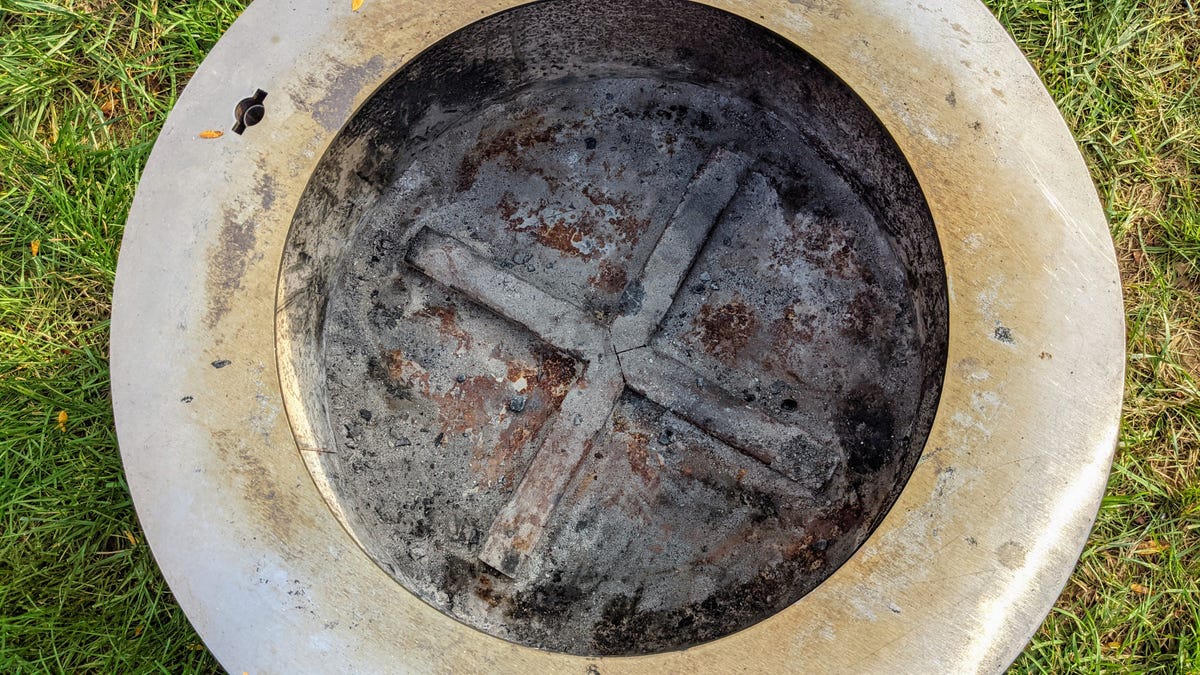
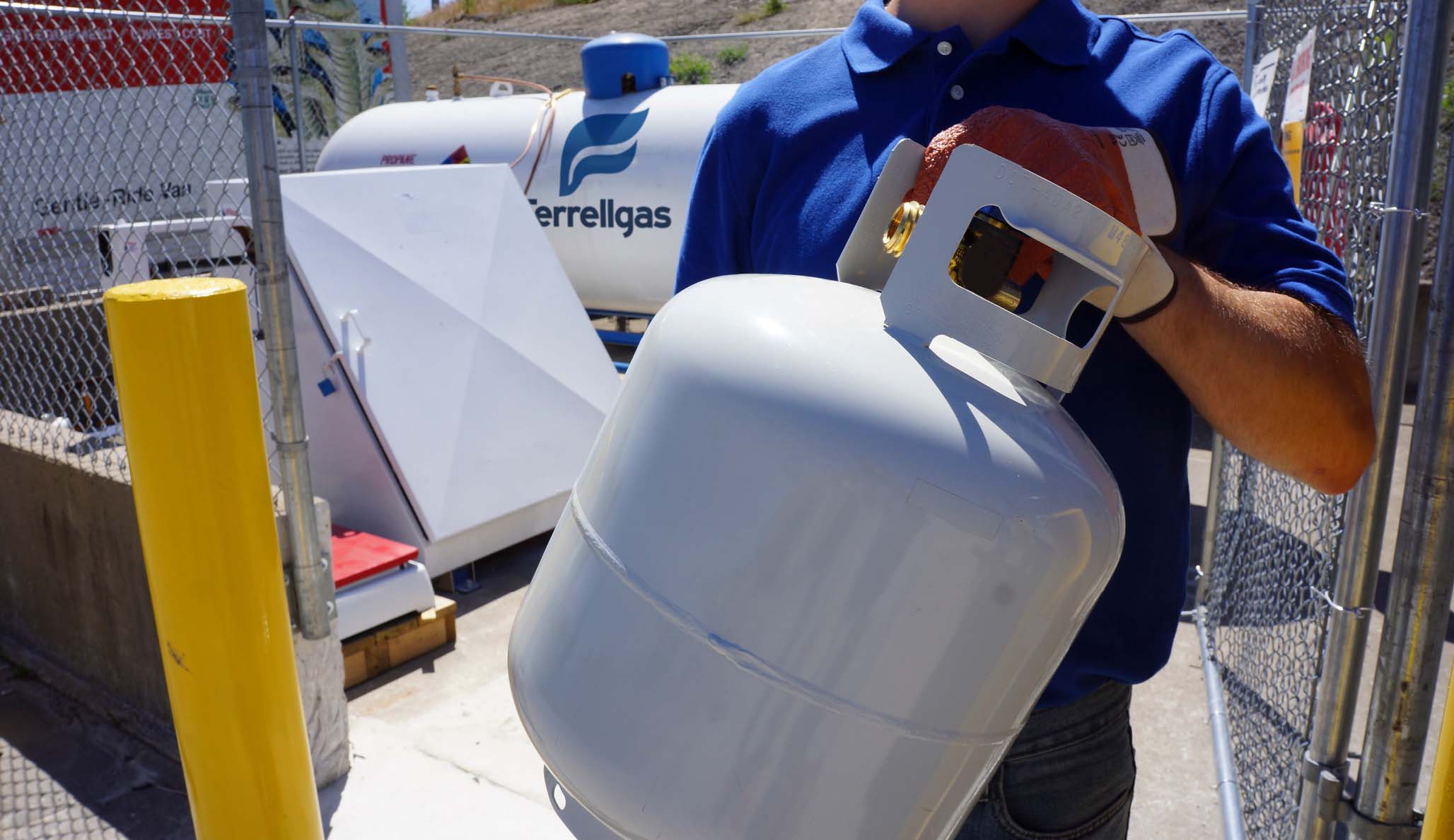
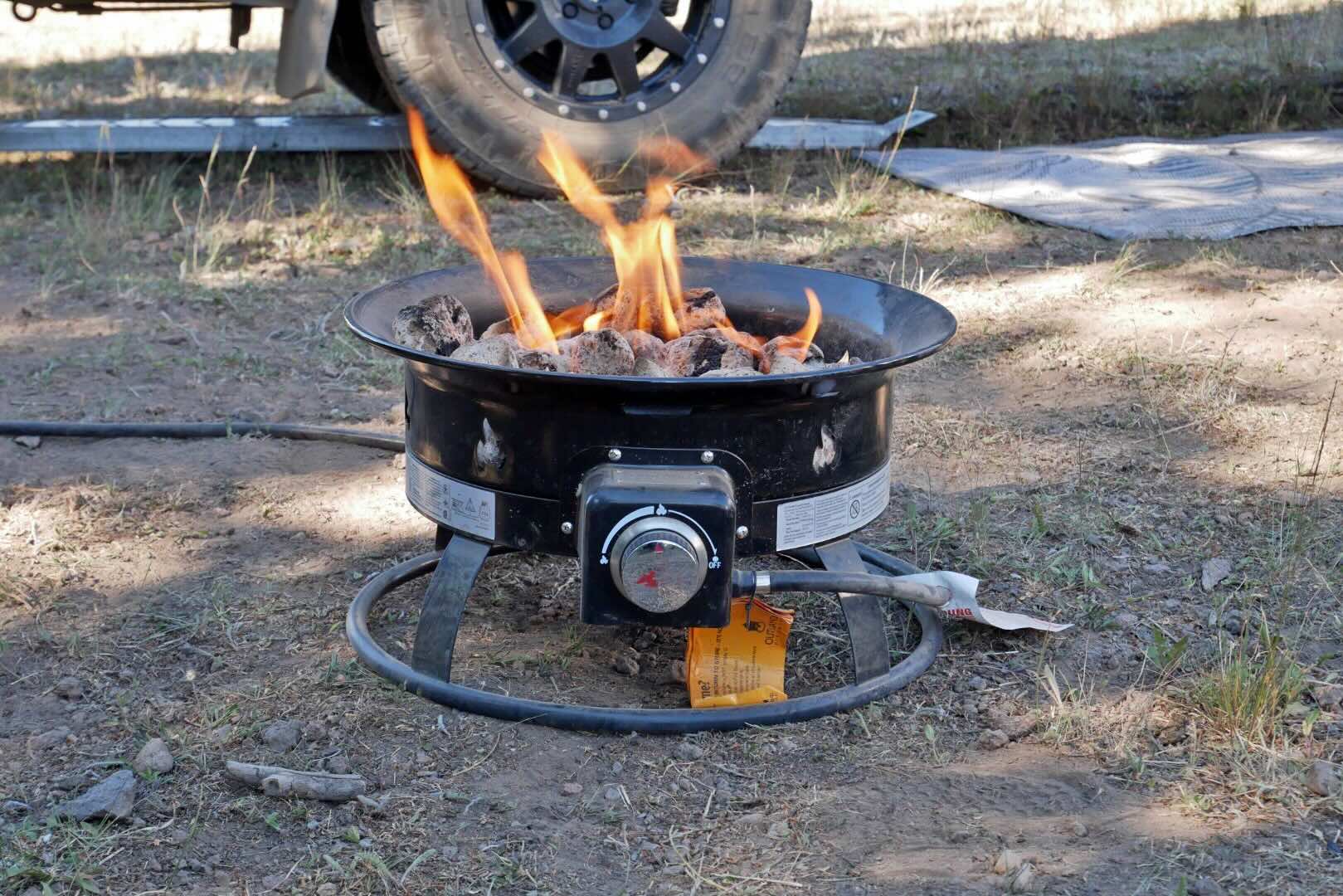
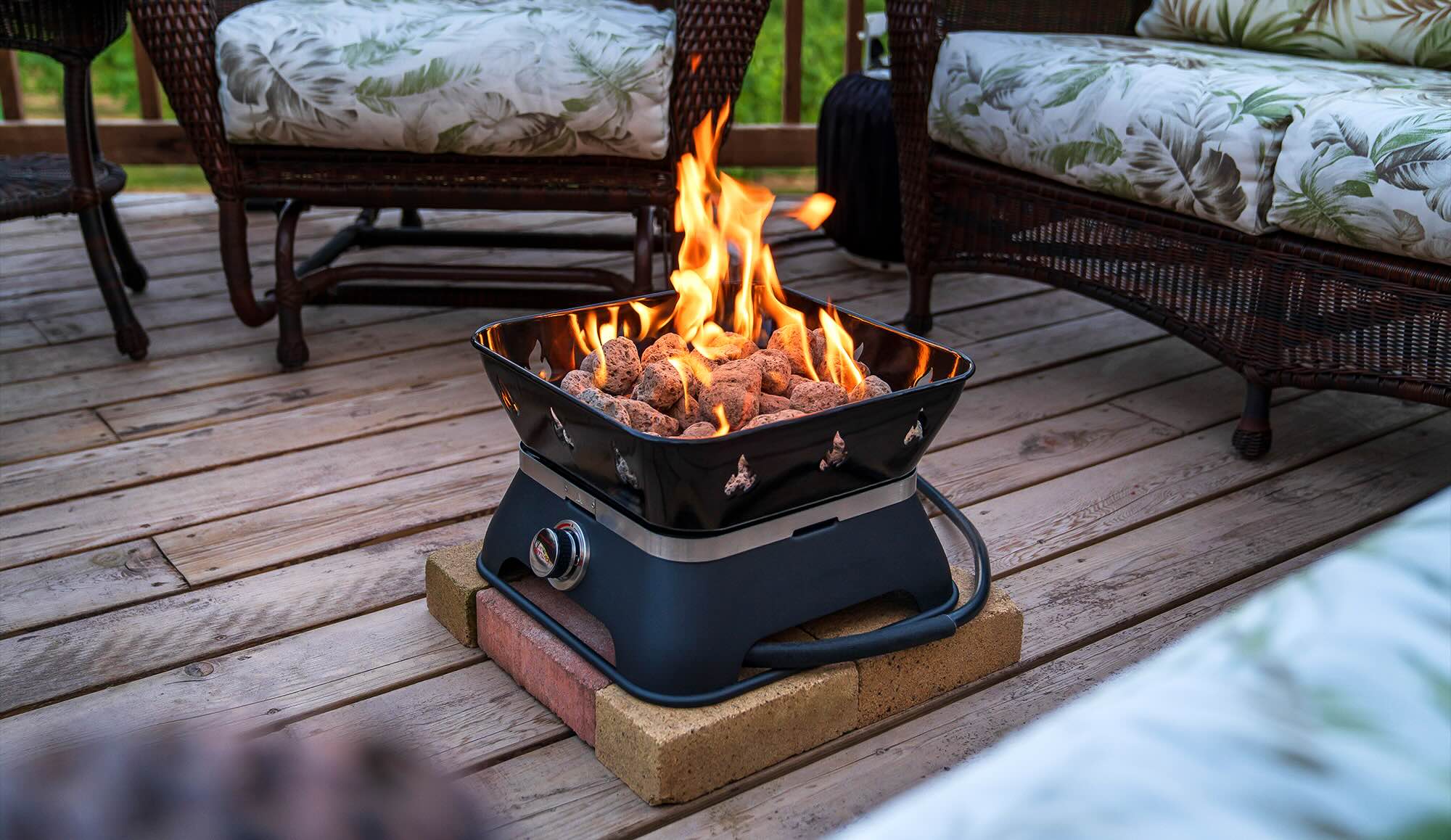
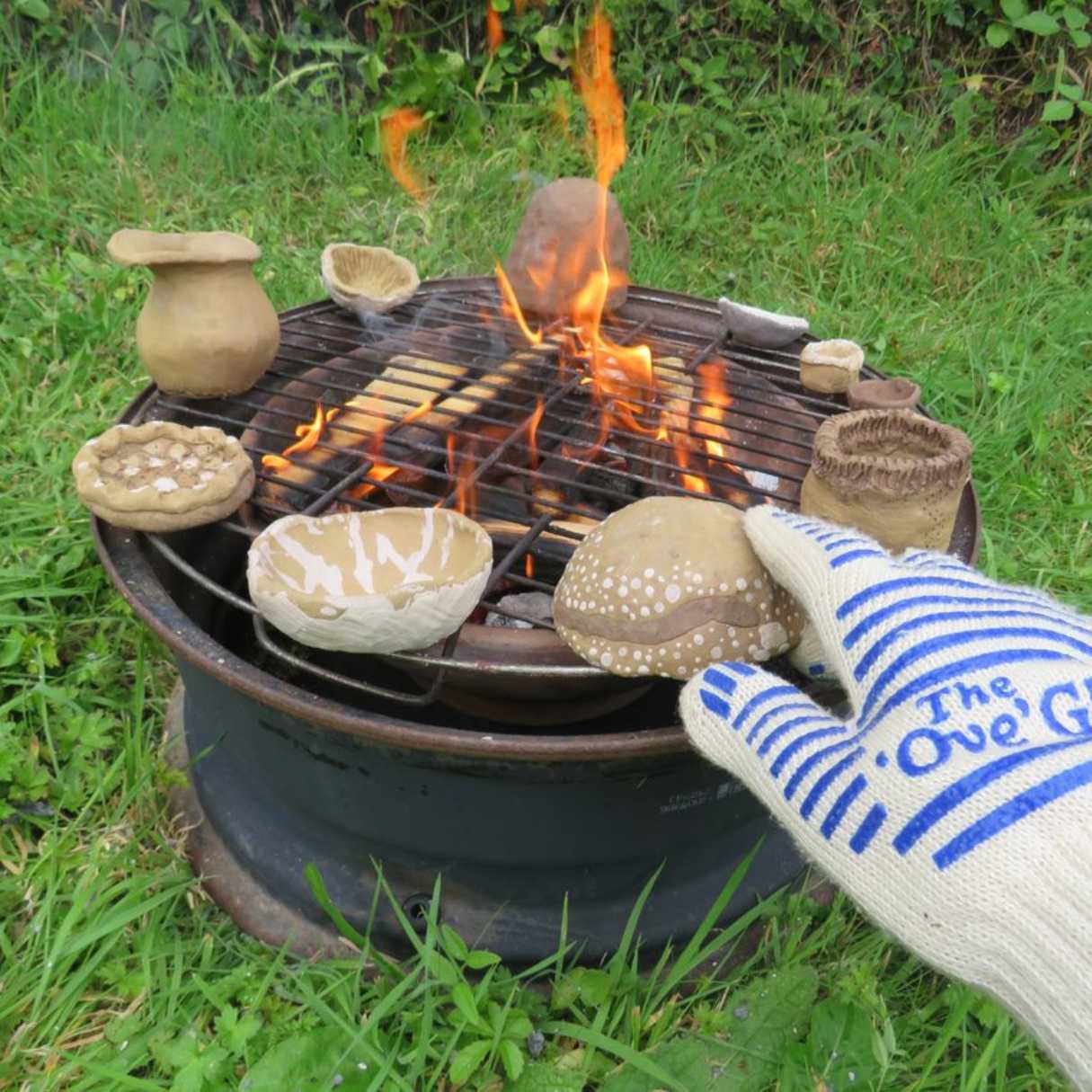
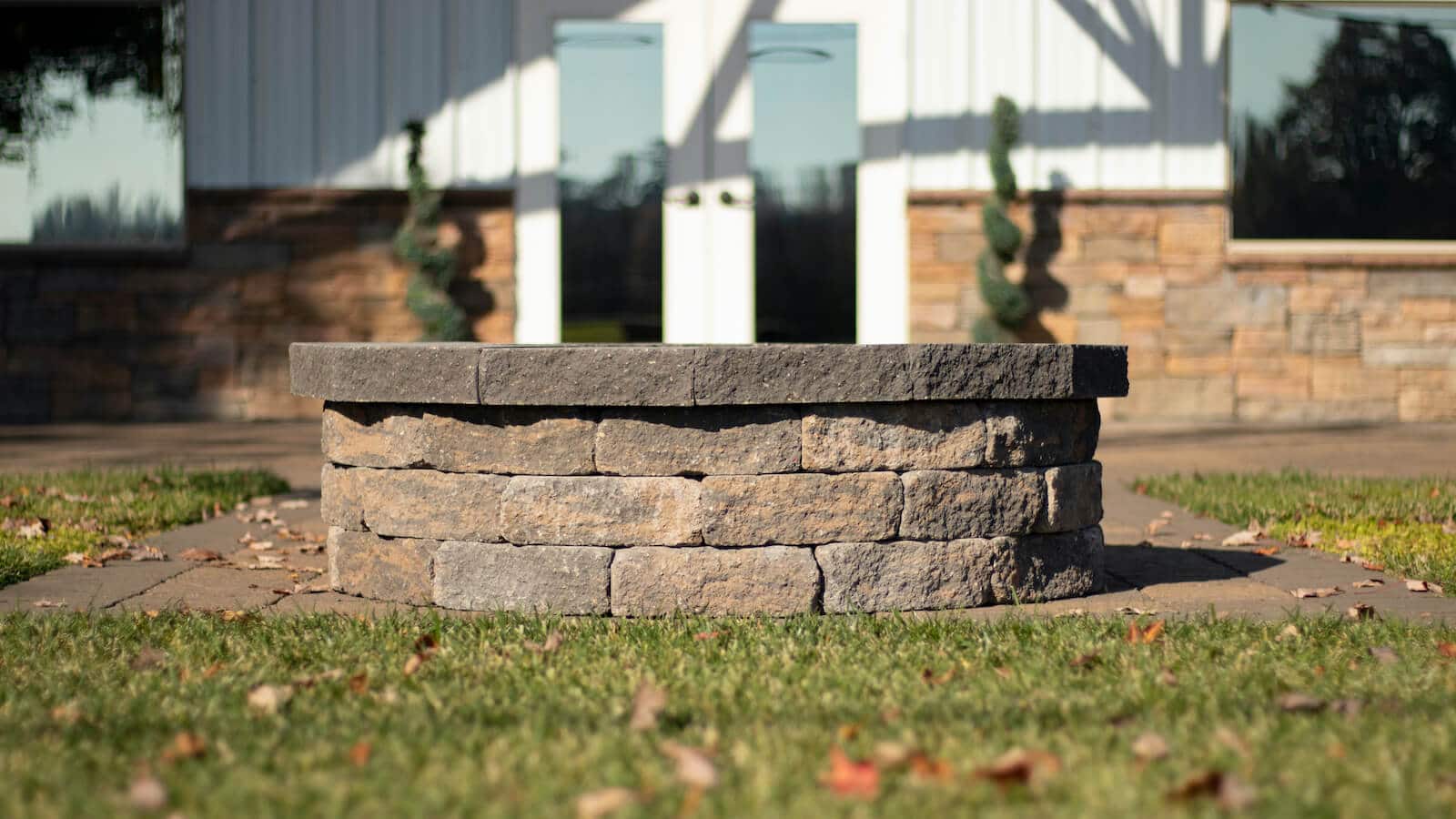

0 thoughts on “How To Fix A Propane Fire Pit”